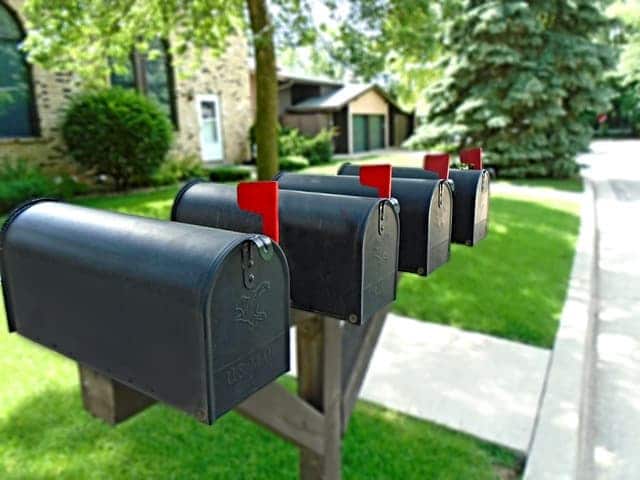What Is Direct Mail Size?
Before you send a marketing piece, you need to know what is direct mail size. You can use Postcards, Letters, Flat cards, or Extra Large postcards. Depending on the purpose of your mail, you may use one or all of these mailing types. To find out which type is best for you, read this article. You will discover the difference between each type of postcard, as well as the best direct mail postcard size for your particular needs.
(Looking for statement printing services? Contact us today!)
Postcards
When sending out direct mail campaigns, one of the biggest questions you’ll probably have is: “What’s the best postcard size?” Fortunately, there are several sizes to choose from, and they all have their advantages and disadvantages. In this article, we’ll cover the advantages of postcards and how to make the best postcard size for your needs. If you’re unsure what size postcards should be, try creating a test run in a small size to make sure you get the right proportions. The safe zone will include the important elements, such as your company’s name and website, as well as a trim line where the sides will be trimmed to fit into the postcard.
Letters
Choosing the right letter size for direct mail can save you hundreds of dollars in postage costs. Letters with a larger width than height receive the best postage rate. A rectangular letter shape is the most efficient, and the recipient’s address must be parallel to the width side. To find out how to correctly address your letter, look at the regulations below. If the letter is not rectangular enough, it should be tabbed.
Extra Large postcards
You might be wondering if Extra Large postcards are a good choice for your direct marketing campaign. Compared to standard postcards, they are larger and more effective. If you’re targeting a saturated market, the extra-large size will increase your visibility. Whether you’re sending your postcards to your customers through the mail or handing them out at events and trade shows, an Extra Large postcard is a perfect choice.
Flat postcards
Postcards, envelopes, and business cards are considered flat mail pieces when they are less than five inches tall and more than one-fourth inch thick. Direct mail piece sizes are dictated by USPS specifications. To ensure the quickest delivery, use a standard postcard size. You can mail a postcard in bulk and still meet the USPS requirements. To find the perfect postcard size for your mailing campaign, check out the U.S. Press’s list of postcard stock options.
Folded postcards
If you’re planning to send postcards, you need to know the direct mail size that will work best for you. A postcard is almost as long as a letter-size page, so you must keep the dimensions in mind. The safe zone is the area of the design where essential elements can be included while keeping the postcard size in mind. In the USPS’s guidelines, a postcard can be no larger than three inches in height and nine and a half inches in width. The thickness of the postcard is usually less than 1/4 inch and three and a half ounces.
ADD
EDDM, or Every Door Direct Mail, is a cost-effective mailing service that allows businesses to reach their customers without a mailing address. Using an online tool, businesses can map out their campaign routes and then filter the recipients based on age, income, household size, and U.S. census data. This allows businesses to reach the right audience with a targeted campaign. Here are some tips for determining EDDM direct mail size:
Extra Large envelopes
The largest and most effective direct mail format is an oversized envelope, also known as a flat. They must have at least one dimension greater than 6-1/8 inches wide by 11-1/2 inches tall and 1/4 inches thick. Standard-size envelopes are about 9″ x 12″ and can be used for a variety of purposes. Oversized envelopes generate higher response rates and postal rates than other sizes. These extra-large envelopes can be used for a variety of direct mail projects.

